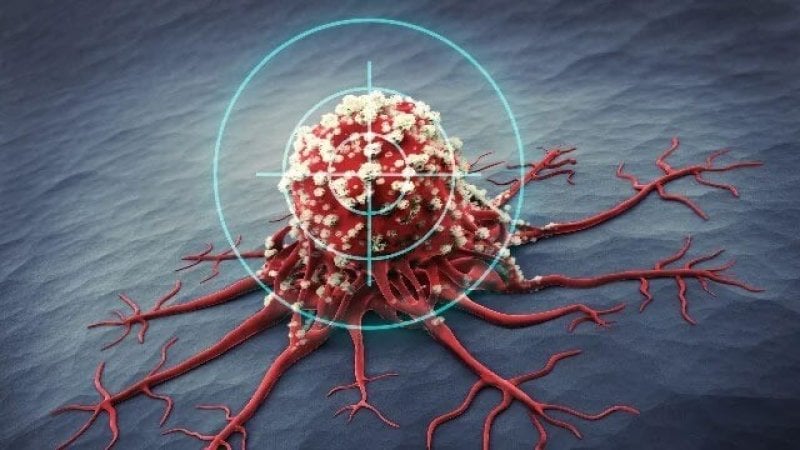We are, it seems, still a long way off from a cure, in any ordinary sense of the term. Yet one important reason for this, which the [Pan-Cancer Analysis of Whole Genomes project] makes clear, is that treating cancer is, evolutionarily speaking, like trying to hit a moving target. Cancer doesn’t just appear randomly, and it certainly doesn’t grow as a unit of one type of cancer cell; like any organism, it evolves within the environment it perpetuates.
Take a hypothetical case where a tumor is made up of two types of cells (though, in reality, the number of types will be far greater). In the absence of treatment, the tumor’s cells will not only compete with those of the person in which they live, but with each other.
…
Yet what happens if a doctor attacks one of those cell types with a targeted therapy that relies on specific cell signatures to find its target? You probably guessed it—one of the competitor cell types dies, leaving the other type to grow without restriction.
…
Still, there is hope. Researchers across disciplines are starting to join together to combine artificial intelligence, mathematical modeling, medical oncology and evolutionary biology to anticipate how cancer will evolve.































